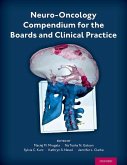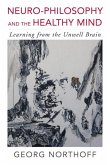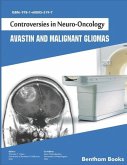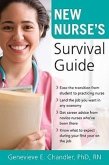This book is a practical, symptom-based, 'how-to' guide to neuro-ophthalmology for all trainee and practising ophthalmologists, optometrists, and physicians whose practice includes patients with eye or brain issues. Each chapter focusses on a specific clinical symptom and includes an introduction to the clinical assessment of a symptom; an examination checklist; a management flowchart to be followed; clinical diagnostic criteria checklists; and further information on the diseases that can cause the symptom with a brief discussion of appropriate management. * A practical and accessible handbook for the ophthalmologist, optometrist, or other physician without a specialist interest in neuro-ophthalmology. * Simplifies a subject that is often a cause of litigation against practising ophthalmologists and exam failure for trainees and residents. * Aids diagnosis in a field in which mistakes may lead to serious consequences, e.g. patients with brain tumours presenting with blurred or double vision. * Uniquely guides the reader from presenting symptoms, through a series of simple but safe flowcharts and checklists, to the necessary tests, diagnosis, and timely treatment. * The first chapter presents 20 'golden rules' to keep you and your patients out of trouble. * Updates throughout the text include recent advances in diagnosis and treatment for conditions with improved pathophysiological insights; genetic aspects of several conditions and their impact on management; imaging and laboratory tests available for diagnosis of disorders. * New self-assessment quizzes to consolidate everyday clinical skills or for exam preparation. * More than 60 online videos demonstrate examination techniques as well as abnormal eye movements, eyelid problems and pupil abnormalities.








